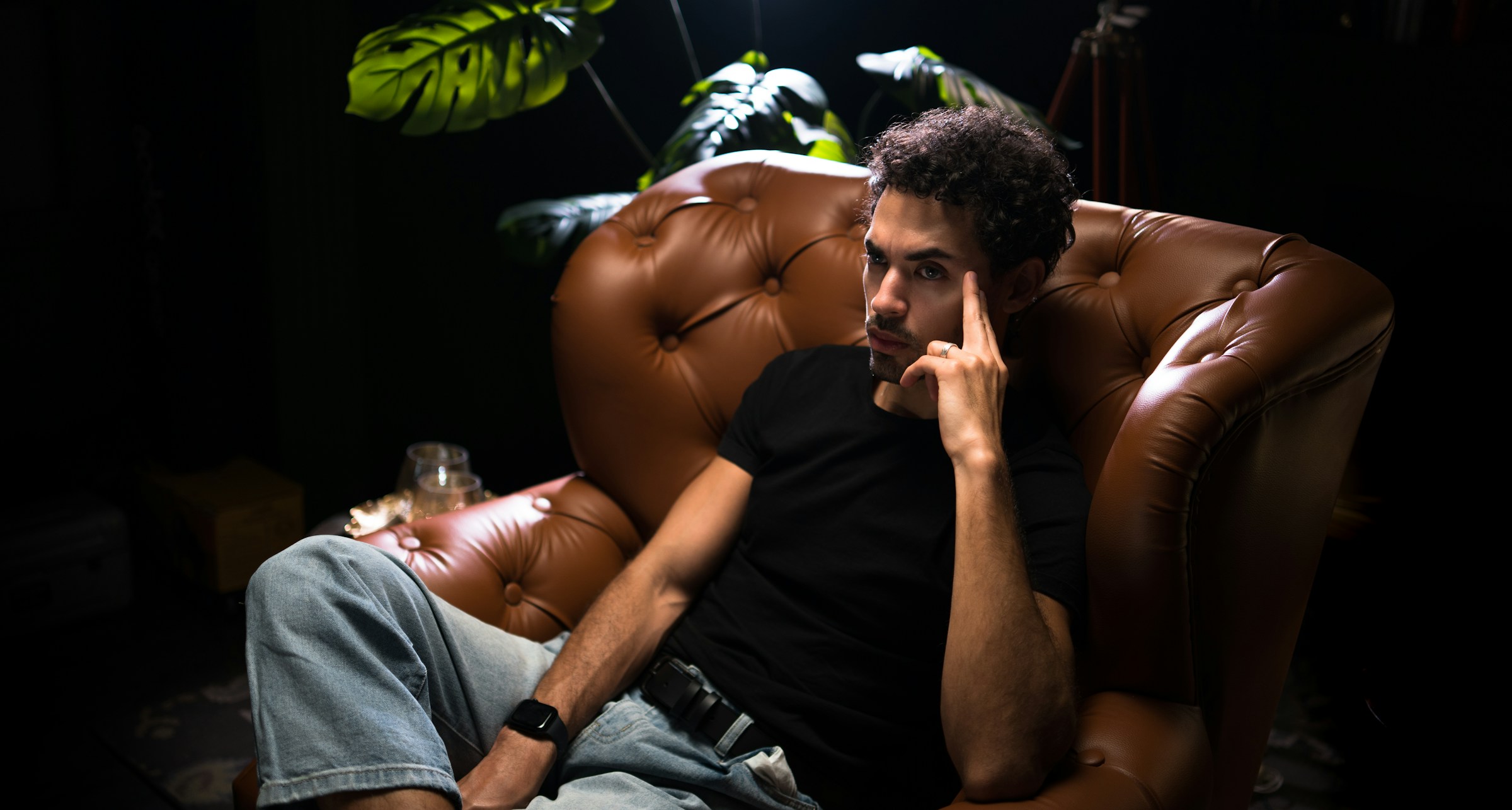When we think of runway models, images of towering figures, perfect poise, and the fashion world’s glitz and glamor often come to mind. But what are the actual runway model requirements? Let’s examine the criteria that shape the world of runway modeling.
Are There Requirements for Becoming a Runway Model?
The short answer is yes. Runway modeling, like any other professional field, has its set of standards and expectations. However, these requirements are not just about looks; they encompass a blend of physical attributes, skills, and sometimes, that indefinable ‘X’ factor. Moreover, these requirements are evolving and changing with the times.
Typical Standards for Female Runway Models
To understand where runway modeling is headed, we must first acknowledge where it has been. Historically, there have been many physical requirements for runway models, from age to height. The journey into runway modeling often begins at a young age, usually starting from the mid-teens and extending into the mid-twenties. This age range can be flexible, but it’s often the standard in the industry.
Height has been another key factor in runway modeling. Female models are typically expected to be between 5’9″ and 6’0″. This height range is considered ideal for the kind of visual impact and garment display that designers look for in runway shows. Similarly, measurements for female runway models often adhere to a specific range, usually around 34-24-34 inches (bust-waist-hips). These measurements align with the sample sizes of designer clothing, making it easier for models to fit into a wide range of garments.
Typical Standards for Male Runway Models
Like their female counterparts, male runway models usually start young, with most being in their late teens to late twenties. However, some male models continue to find success well into their 30s.
Height requirements for male models are typically in the range of 5’11” to 6’3″. This height is considered ideal for showcasing men’s fashion effectively on the runway. The physical build for male runway models tends to favor a lean, athletic physique. While there’s more variability in measurements compared to female models, a chest size of 37-44 inches is often seen as the standard.
Skills Required for Runway Modeling
Runway modeling also requires a set of distinct skills beyond physical attributes. Key skills include a confident and versatile walk, the ability to express emotions and attitudes through facial expressions, adaptability and quick learning for various shows, professionalism in work ethic and demeanor, and resilience to handle the competitive nature of the fashion industry.
The Changing Landscape of Runway Modeling
The landscape of runway modeling is ever-evolving. While traditional runway model requirements still hold sway, there’s a growing recognition of diverse body types, ages, and ethnicities. This shift reflects a broader cultural movement towards inclusivity and representation in fashion.
Plus-Size Runway Modeling
A heartening shift in the industry is the rising prominence of plus-size runway modeling. This category typically caters to women who wear double-digit sizes. Plus-size models have shattered many traditional standards, bringing much-needed diversity to the runway.
Pursue Your Runway Dreams with John Casablancas
While there are certain preconceived runway model requirements, the industry is increasingly embracing diversity. It’s a world where the traditional and the transformative coexist, continually redefining what it means to be a runway model.
Are you ready to turn your own runway modeling dreams into reality? John Casablancas Centers has all the training, connections, and expertise to kickstart your runway modeling career.
Whether you’re interested in acting, modeling, or even perfecting your image and brand as an online creator, John Casablancas Centers is ready to help your talent blossom. To get started, schedule your audition with our team today!



